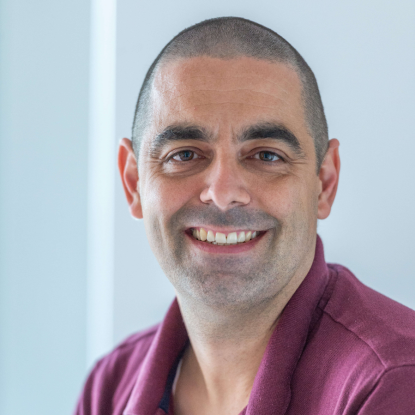Chair Of Digital Twins (DT)
A Digital Twin is a specific virtual representation of a physical product, process or system. It continuously and synergistically integrates all data, models, and other information of the physical counterpart generated along its life cycle for a dedicated purpose.
Our multi-disciplinary research addresses all computational aspects around digital twins. We combine mathematical and computational science research – including artificial intelligence – with the ambition to redefine industrial paradigms in design, engineering, and operations.
While many of the ideas underlying digital twins are not new, the fundamental shift in accessibility to massive compute resources through cloud computing and accessibility to data through the internet of things, as well as significant advancements made in a range of fields from mathematics to computer science allow us to finally materialize these ideas. Therefore, there is a significant enthusiasm for industry developments and applications of digital twins. However, the publicity around digital twins currently outweighs the evidence base of success. Manual efforts, limited trust, and lack of experts are major pain points in the overall simulation and digital twin creation process. At the same time corresponding experts are limited. Thus, novel computational algorithms are needed to overcome these challenges to meet the demands of industrial practice and finally broadly scale digital twins. Specifically, artificial intelligence and machine learning are promising technologies in this context.
Our Vision
Anyone can predict all physical behaviors with a digital twin, to any required level of accuracy and within any required time.
Closing the observed gap of state-of-the-art technology and state-of-industrial-use methods by novel computational algorithms and tools is at the heart of our research. With the dual position of Prof. Dirk Hartmann, pioneering on the one hand industrial innovation at Siemens AG and researching on the other hand next generation computational algorithms and concepts at TU Darmstadt, our team is well positioned for creating real world impact. Our ambition is to be a role model when it comes to transfer of research into industrial innovations covering
- Modeling, Simulation, and Optimization
- Model Order Reduction Scientific
- Machine Learning
- Uncertainty Quantification
- Hardware-aware Algorithms
- Realtime Simulation and Optimization
- Human-Digital Twin Interfaces (including Augmented and Virtual Reality)
For some of the realized demonstrators and prototypes, please check out the Personal Homepage of Prof. Hartmann or his Siemens Technology Innovation team’s blog The Art of The Possible. For more technical details on digital twins please see (Hartmann, Van der Auweraer, 2025).
Opportunities
If you are passionate about computational algorithms, whether it is numerical algorithms or artificial intelligence, and aspire to transform industrial paradigms paradigms via application-oriented research, please reach out to us for opportunities on all levels – from Hiwi positions, student and PhD theses to Post Doc opportunities (see also here (opens in new tab)).
Depending on the topic, we typically look for candidates with a background in numerical methods, machine learning, or artificial intelligence and a passion for software development (Python, C). Proficiency in English or German is a must. Please Send your CV plus a brief motivation to: Dirk Hartmann.
Ph.D. applicants: Please also review admission requirements of the TU Darmstadt and the department.
Team
| Photo | Name | Working area(s) |
|---|---|---|
| Professors | ||

| Prof. Dr. rer. nat. Dirk Hartmann | Digital Twins |

